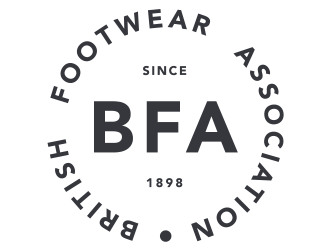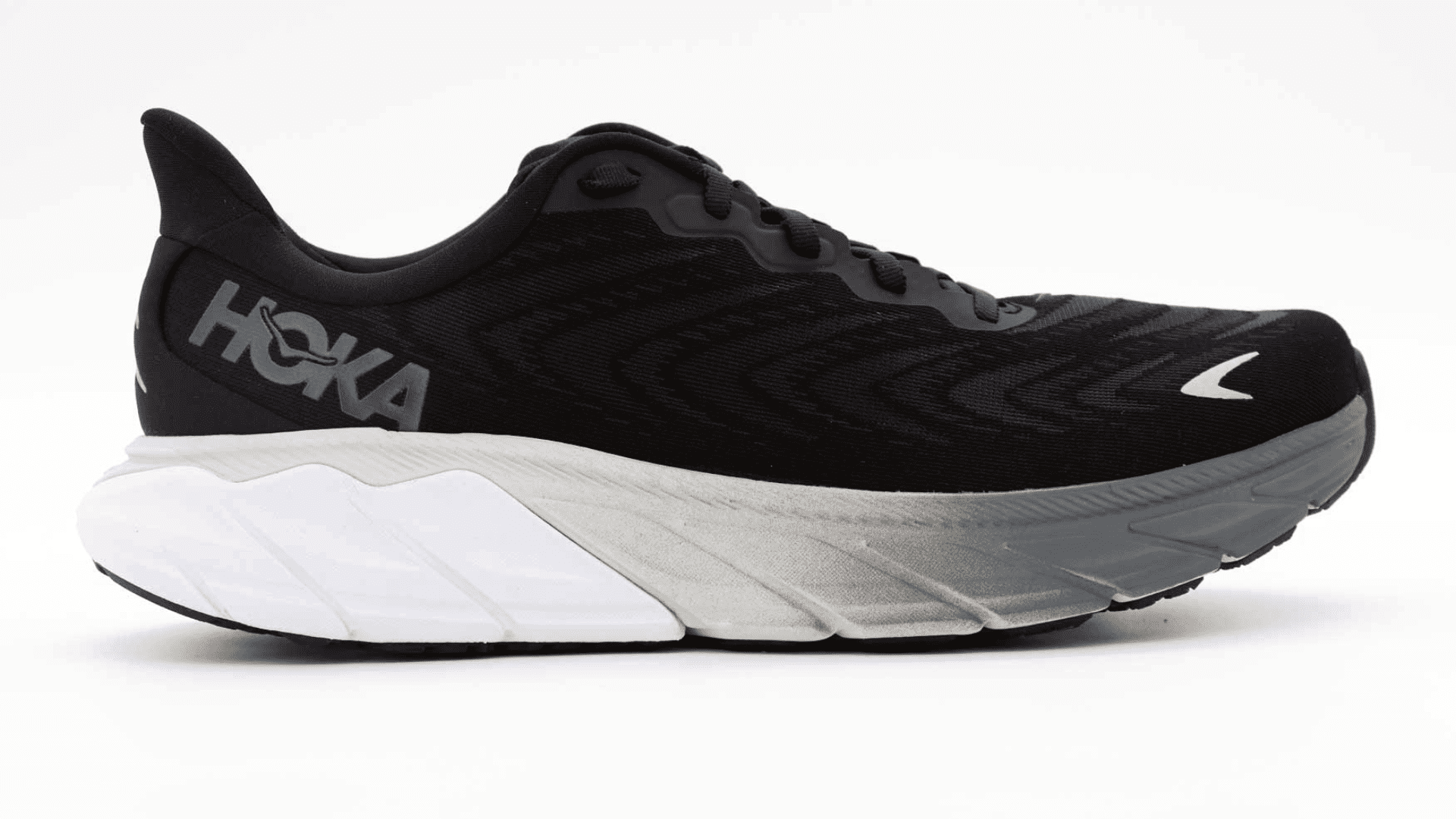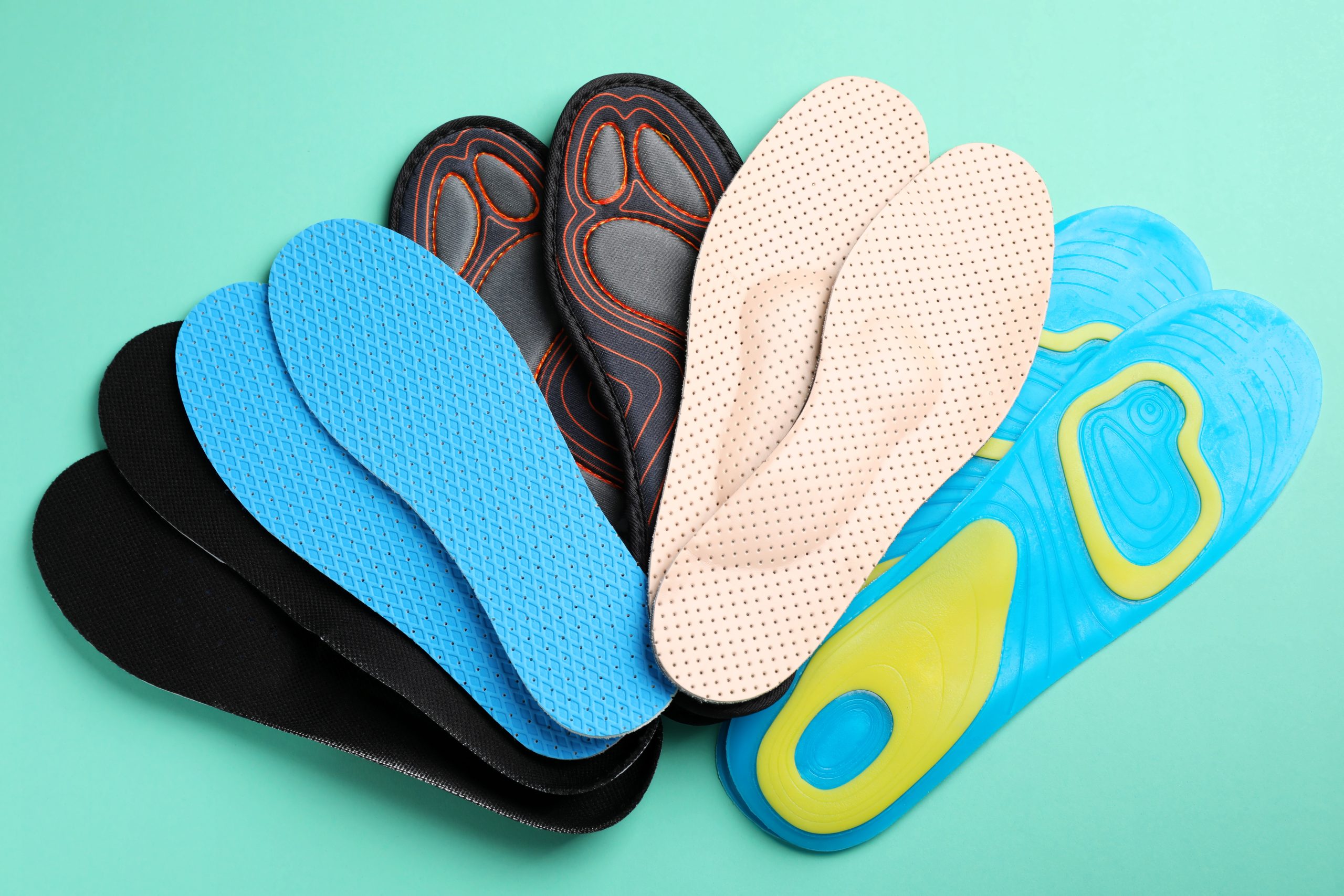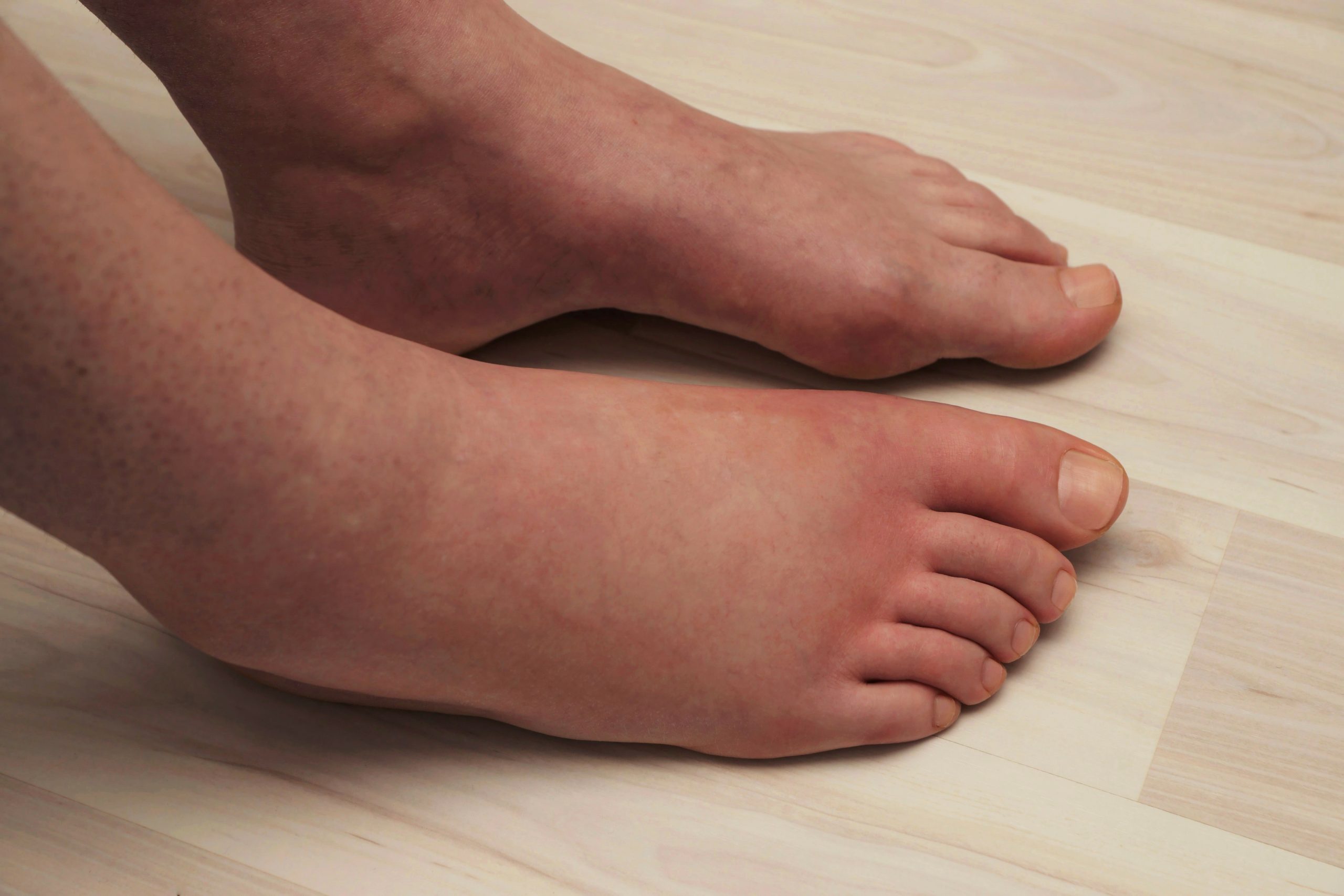Bone spurs, also known as heel spurs, and plantar fasciitis are two common foot health conditions that cause pain in the same area – the heel. The two conditions do share some similarities in terms of the symptoms, but they are two different conditions and are caused by different things. As such, the footwear needed to help with each condition is slightly different as they each require specific features to help ease the pain.
In this blog, we will explore the causes, symptoms, and differences between bone spurs and plantar fasciitis, and how the right footwear can help alleviate the symptoms of both conditions. Remember that if you suspect you have either of these conditions, consulting a podiatrist is crucial for an accurate diagnosis and appropriate treatment plan. This blog is not meant to be a substitute for medical advice.
Understanding bone spurs.
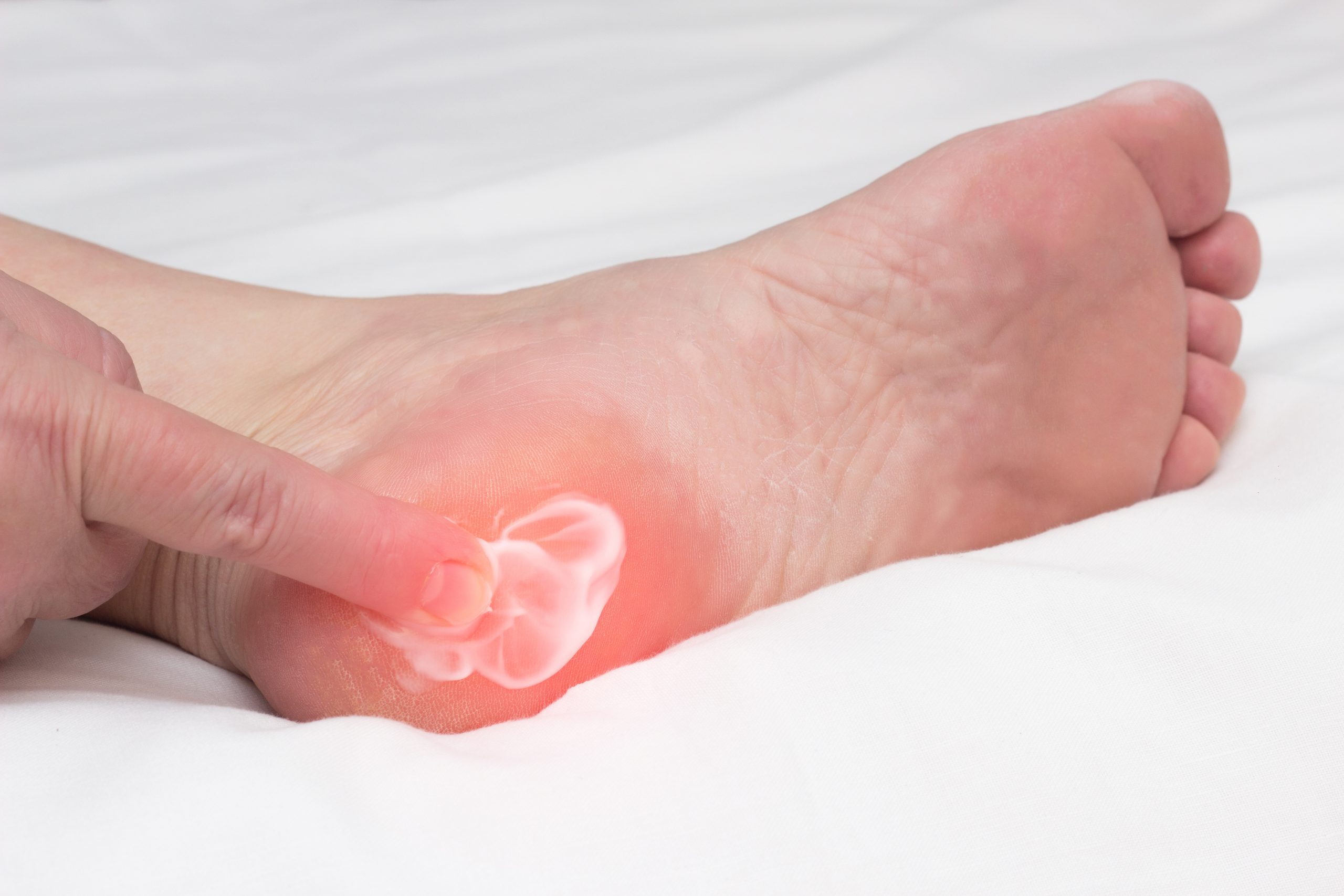
Heel spurs are bony growths that develop on the heel bone, causing pain and discomfort in the foot. Although heel spurs are sometimes mistaken for plantar fasciitis, the two conditions have distinct symptoms.
The primary symptom of heel spurs is sharp pain in the heel, especially when standing or walking. This pain may be accompanied by a burning sensation in the heel and tenderness or swelling near the affected area. In contrast, plantar fasciitis causes a dull pain in the heel, primarily when taking the first steps in the morning or after prolonged periods of sitting.
However, it is important to note that plantar fasciitis and heel spurs can coexist, and some individuals may experience symptoms of both conditions. To receive an accurate diagnosis and treatment plan, it is crucial to see a medical professional. Treatments for heel spurs may include rest, stretching exercises, physical therapy, and in some cases, surgery.
Understanding plantar fasciitis.
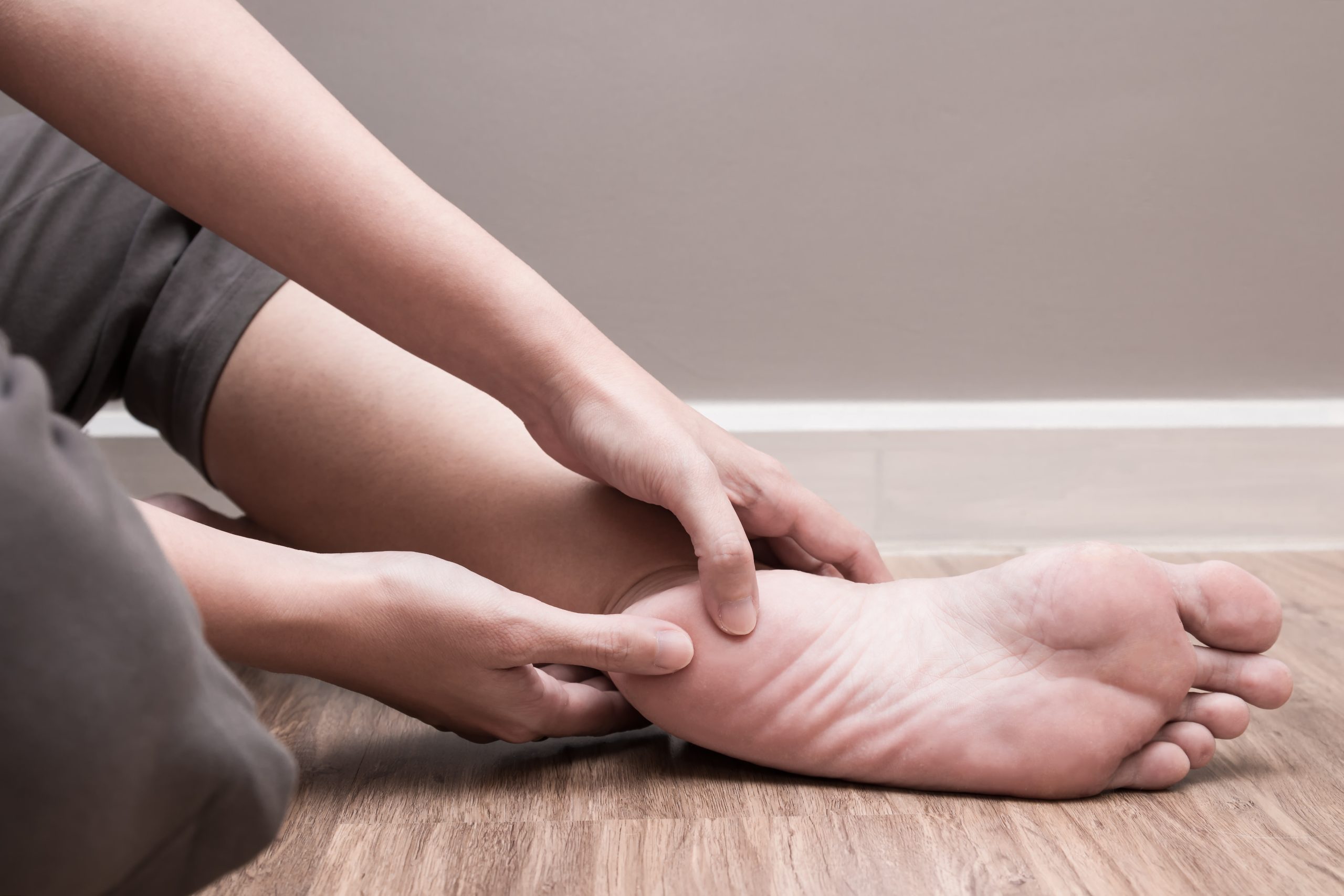
Unlike a heel spur which is a bony growth on your foot, plantar fasciitis is caused by tissue damage. Plantar fasciitis is a condition that affects the band of tissue (plantar fascia) that runs along the bottom of the foot, connecting the heel bone to the toes. It is a common cause of heel pain and discomfort and can be caused by a variety of factors such as overuse, tight calf muscles, and wearing shoes with inadequate arch support.
Symptoms of plantar fasciitis include heel pain, especially when getting up from a seated position or after long periods of standing or walking, and pain in the arch of the foot. It’s common for the pain to be worse in the morning or after periods of inactivity. We have written a bit more in-depth post about plantar fasciitis which you can read.
As mentioned before, you can actually experience these two symptoms simultaneously. This is why it is critical to consult the advice of a medical professional, to ensure you are getting the right sort of treatment plan for your pain. Footwear can help, but first you need a conclusive diagnosis on what is causing the pain.
The main similarities and differences.
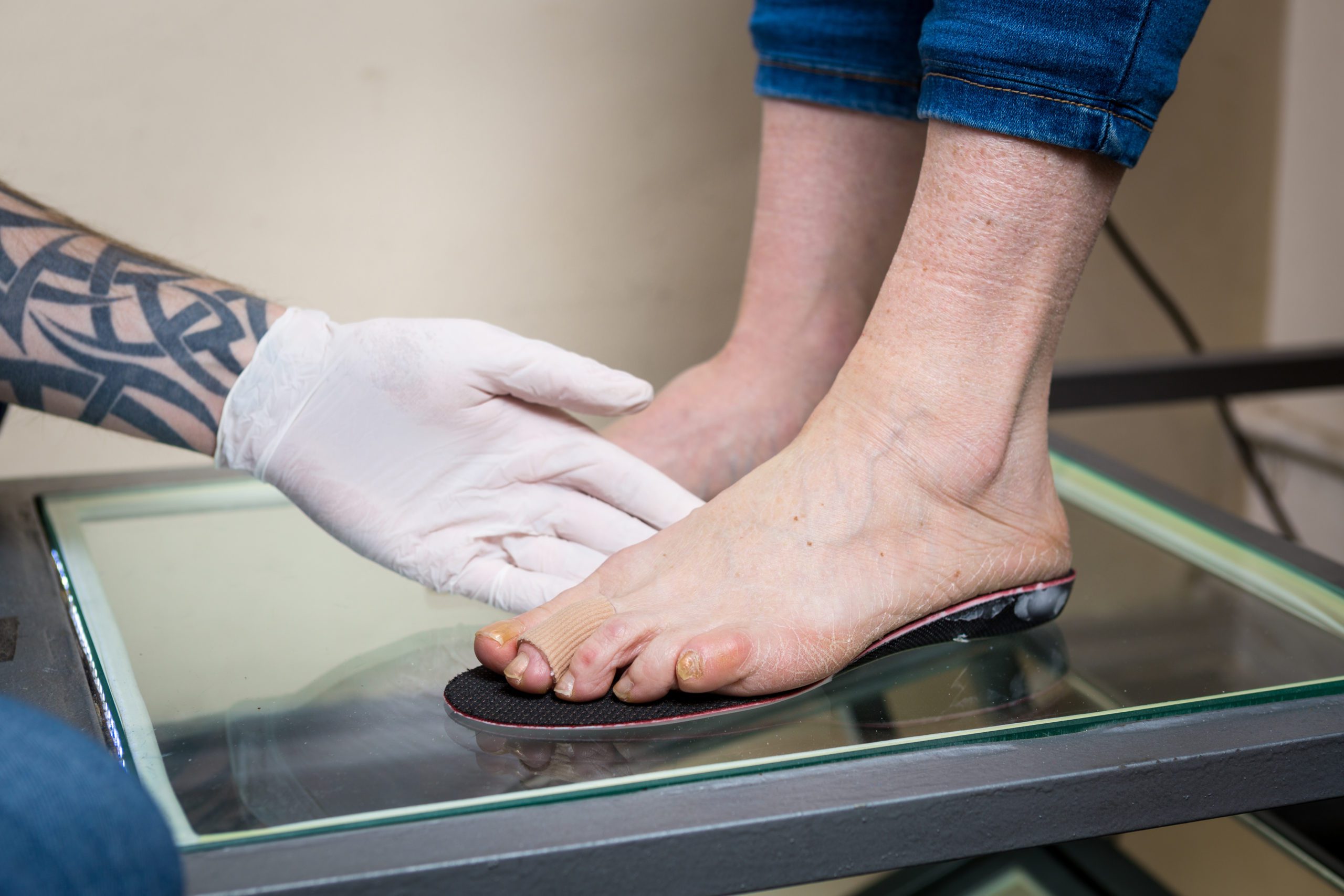
Both bone spurs and plantar fasciitis are common foot conditions that can cause heel pain and discomfort. They share some similar risk factors such as overuse, aging, obesity, and certain medical conditions. However, there are also key differences between the two conditions that can help differentiate the two and determine the most appropriate treatment options.
Location of pain.
Bone spurs typically cause pain at the bottom of the heel, particularly where the spur is located. The pain can be sharp, dull or burning, and it may be more intense when standing or walking. On the other hand, plantar fasciitis pain is usually felt at the bottom of the foot closer to the toes and it’s more diffuse, in the arch and heel area.
Triggers.
Bone spurs pain is typically triggered by prolonged standing or walking, as the pressure on the heel bone increases. Plantar fasciitis pain is usually worse in the morning or after periods of inactivity, and when taking the first steps after getting out of bed, sitting or standing for a long time.
Examination and imaging.
While bone spurs can be seen on X-rays, plantar fasciitis may not be visible on imaging studies. A healthcare professional may be able to diagnose plantar fasciitis based on your symptoms, medical history, and a physical examination of your foot, but in some cases, they may perform other imaging tests, such as ultrasound or MRI, to help confirm the diagnosis and rule out other conditions.
How bone spurs and plantar fasciitis impact your footwear.
Whilst they may cause pain and discomfort in similar areas, bone spurs and plantar fasciitis are different conditions and are caused by different things – so it’s important to consider this when looking for footwear.
Bone spurs.
- Cushioning, cushioning, and more cushioning! A heel or bone spur is painful and tender wherever it grows. Cushioning is important as it will provide direct pain relief in the affected area. Since bone spurs usually occur at the heel, that’s the part of the shoe you’ll want to pay close attention to. We stock Asics and HOKA for this reason, as both brands make excellent footwear that has all the heel cushioning you’ll need, but without compromising your stability. HOKA is especially good as they do not compress too much at the heel, which can help ease strain on your Achilles tendon.
- Try to avoid shoes with a low heel or no heel at all, as they can increase pressure there, especially if you do a lot of walking and standing.
- On the other end of the stick, high heels are ill-advised as they do not distribute your bodyweight evenly. If you are going to wear heels, try to limit their use as much as possible.
Plantar fasciitis.
-
Plantar Fasciitis is ligament damage, and it’s commonly caused by wearing footwear that doesn’t have enough arch support for your feet – this is the main difference between both conditions. Bone spurs are about cushioning the impacted area and while cushioning may help ease plantar fasciitis pain, wearing shoes with arch support is what will allow your arch to rest, repair, and recover.
-
HOKA is a great option for plantar fasciitis too, but you’ll want to pay more attention to the type of sole. Gaviota has more arch support than the others, for example. If you’re unsure which one is what, check out the ‘additional information’ section on every product to see what type of sole it has.
-
Again, avoid heels! They offer little to no support, and will put more strain on your plantar fascia by putting your feet into an unnatural position. If you are going to wear heels, moderate their use and avoid wearing them if you are going to be walking and standing a lot. We do suggest if you need to wear heels as part of a uniform, try to limit yourself to a heel height of one inch.
Hopefully that clears things up a bit. It may be hard to distinguish the differences between plantar fasciitis and a bone or heel spur to the every day person, which is why we recommend seeing a podiatrist to get an accurate diagnosis and treatment plan. If you have already seen a podiatrist and have been diagnosed with one of these conditions, please do not hesitate to get in touch with us so we can walk you through some personalised suggestions. Otherwise, read on to find out what brands we typically suggest for each.
The best footwear brands for bone spurs and plantar fasciitis.
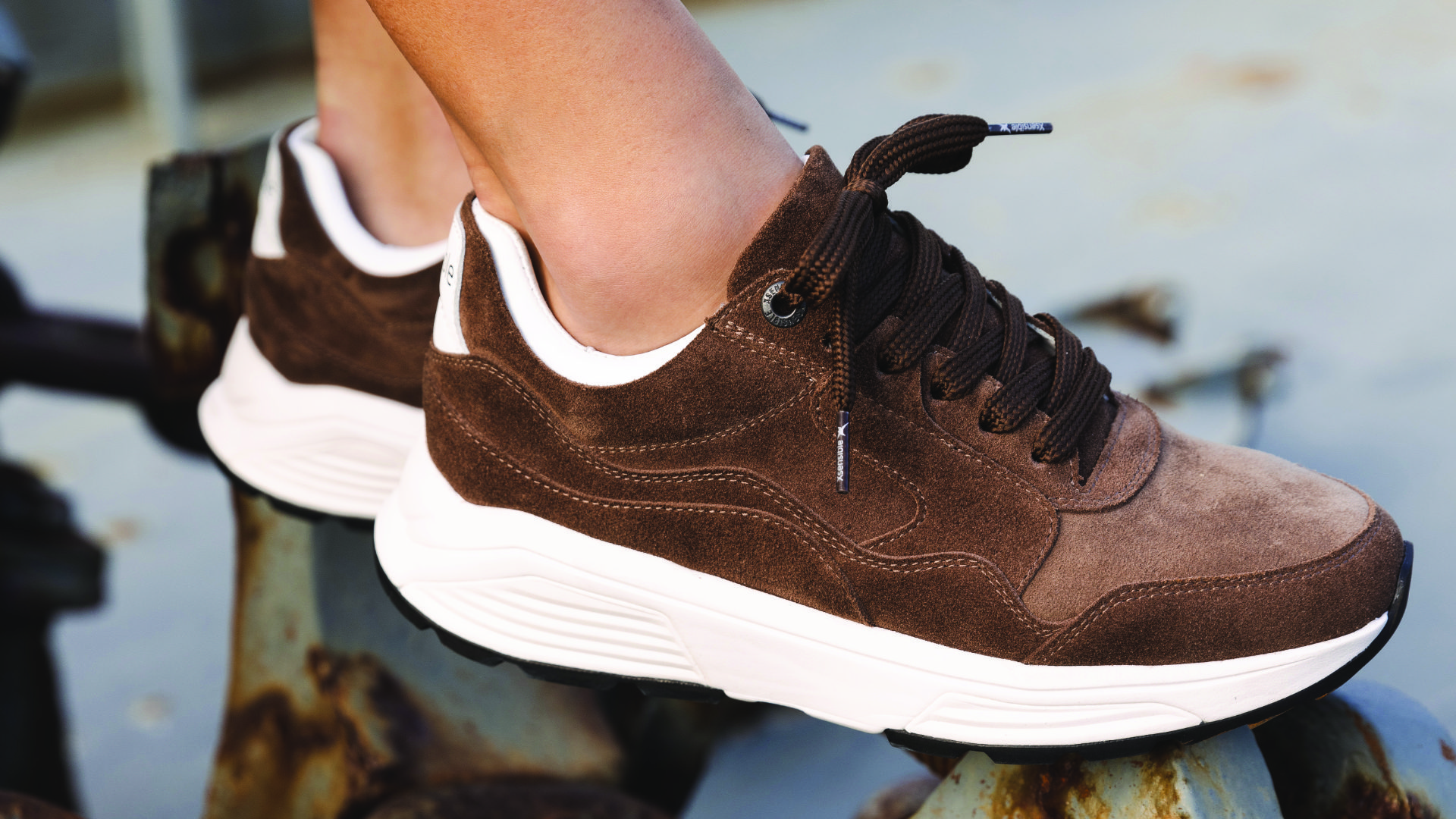
So, we’ve talked about the key differences between bone spurs and plantar fasciitis, and hopefully we’ve given you some understanding as to what is causing your heel pain. Now let’s talk about the best brands for each condition. We’ve put together our range of footwear using our shoe-fitting experience, so you can trust our judgement when it comes to suggesting footwear!
Bone spurs.
- The Asics gel range of trainers has been one of our most reliable problem-solvers over the years, simply because they have just the right amount of cushioning in the places you need it, and they’re made with all the components that go into good footwear. The heel counters are nice and firm to keep your feet and ankles stable, the soles have good levels of support, and the shank offers great midfoot stability.
- As mentioned earlier, HOKA are great because they all have an amazing pressure-reducing rocker sole. The sole is designed to relieve pressure points in your feet, and encourage a more natural rolling motion when walking. This means that the affected area where the spur is will be under less strain and will bare less impact when walking.
- Joya shoes are amongst the most cushioned shoes you’ll be able to find on the market, but without compromising too much stability and balance. They’re a memory foam-esque feeling, but whilst still being somewhat supportive. Joya shoes are great when used correctly, but there are lots of different soles and it can be tricky to navigate, so we’d suggest getting in touch with us on this one. Or at the very least, give each shoe a thorough read of the ‘additional information’ section, so you’ll get a good understanding of how it will feel under your feet.
Plantar fasciitis.
- Asics gets a mention again, but for different reasons. The range of trainers we stock have good levels of arch support – which is what you’ll want to pay more attention to, as opposed to the level of cushioning. As we mentioned earlier, the cushioning well help with pain relief but you’ll need arch supportive shoes to help your plantar fascia recover. A good example is the Gel-Kayano as it gives good arch support while the cushioning provides pain relief.
- Joya is a good option for plantar fasciitis, as they provide instant pain relief due to how soft they feel under your feet. They’re designed in a way that lets your feet function as if you were walking on a soft, natural surface, which provides support in a more passive way.
- Xsensible shoes are a good option for people with plantar fasciitis pain because they have a unique stretchable upper that allows for natural movement and flexibility of the foot. Additionally, they have a built-in arch support that can help alleviate pressure on the plantar fascia.
It’s worth noting that many of the brands we’ve mentioned in this blog, such as HOKA, Asics, and Xsensible, are known for their high-quality footwear that is designed to provide support, cushioning, and stability for a variety of foot conditions. If you’ve read any of our other blogs you’ve probably seen these brands pop up a lot too. This is because footwear that is well-made with all the right components can actually help with a huge array of foot-health conditions, not just specific ones.
When it comes to choosing footwear to alleviate the symptoms of bone spurs and plantar fasciitis, it’s important to look for brands that make well-built shoes with all the right components. A well-built shoe can help with many different conditions, making it a great investment for your overall foot health.
Final thoughts.
Understanding the key differences between bone spurs and plantar fasciitis is crucial for getting an accurate diagnosis and appropriate treatment. Choosing the right footwear can play a significant role in alleviating symptoms and preventing further damage.
We recommend brands such as HOKA, Xsensible, and Asics for their high-quality footwear that caters to different foot conditions. Remember, taking care of your feet is vital for your overall well-being, and the right footwear can make all the difference.
If you’re struggling to find footwear for bone spurs or plantar fasciitis, we recommend booking a free personal shopping appointment with one of our shoe-fitters.
This is the best way we can advise you and make sure you get the right option for your feet.



